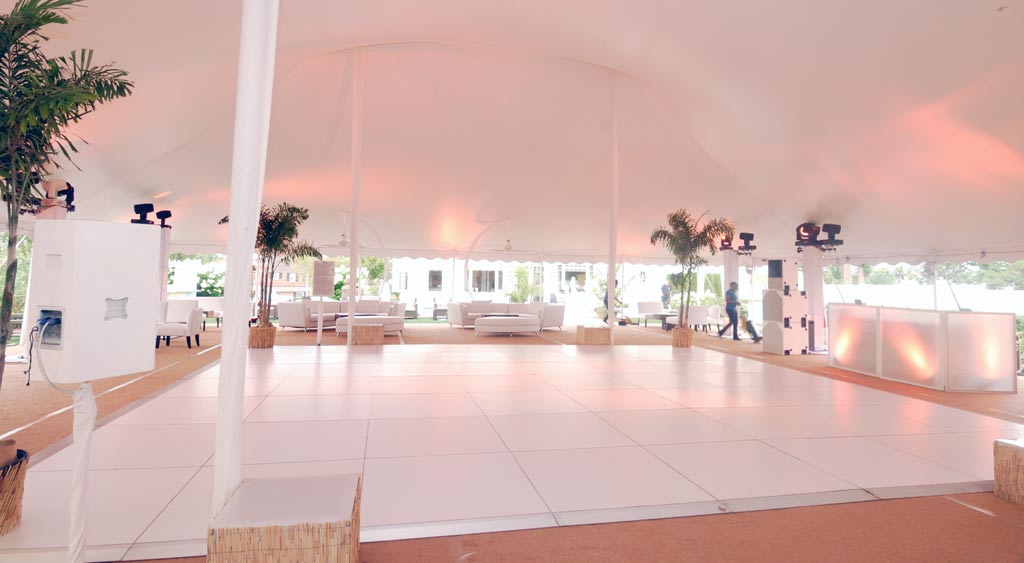Exploring the Impact of External Factors in the Durability of Dance Platforms within Various Settings
Movement surfaces are an essential part of many social environments, including dance venues, community centers, and gathering spaces. The durability of these performance floors can be greatly affected by multiple surrounding elements. Understanding these influences can assist operators and administrators maintain their dance floors in good condition, guaranteeing a secure and pleasant experience for everyone. This article will explore key external factors such as moisture, climate, pedestrian activity, and upkeep procedures.
Humidity plays a critical role in the condition of dance floors, especially those constructed with wood. When humidity ranges are elevated, wooden surfaces can absorb moisture, resulting in distortion and buckling. Conversely, minimal moisture can cause wood to lose moisture and crack. Dance surface managers should monitor humidity conditions and think about using dehumidifiers or moisture regulators as needed to maintain a balanced setting. Adequate airflow is also important because it helps regulating humidity conditions. Maintaining that the space has good airflow can prolong the lifespan of the performance surface.
Climate is another significant factor affecting the durability of dance floors. Extreme temperatures can lead flooring components to expand, while cold temperatures can result in shrinking. Performance floors need to be kept at a moderate climate to prevent deterioration. Moreover, when dance surfaces are exposed to constant UV rays for extended periods, they may fade or become stained. Adding shades or placing safeguarding barriers when the area is not in operation can help protecting the performance floor from harmful UV rays and climate changes.
Pedestrian activity is an inevitable aspect of any performance surface’s lifespan. The type and frequency of usage significantly impact wear and tear on the flooring. High-traffic areas are more likely to display signs of wear such as marks, scratches, or dents. To reduce this issue, it is wise for facility operators to alternate functions or designate dedicated areas for different uses. Using floor mats in front of entrances can also minimize dirt and particles being tracked onto the performance surface, which contributes to deterioration.
Regular upkeep is essential for preserving performance surfaces across various settings. This involves routine cleaning to eliminate dirt and debris that can damage finishes, as well as using the their website appropriate coating or sealant to protect against liquid damage and stains. A properly cared-for dance surface not only appears better but also provides a safer space for dancers by minimizing slips and click to find out more accidents. Establishing a care plan that includes inspections and fixes will help ensure that any issues are addressed quickly before they worsen.
To conclude, environmental conditions such as humidity, temperature, foot traffic, and maintenance methods directly impact the lifespan of performance surfaces in various settings. By recognizing these variables and adopting preventive actions, event coordinators can increase the durability of their dance floors. This not only guarantees a greater longevity for the flooring material but also promotes a more secure and better space for all who utilize it.